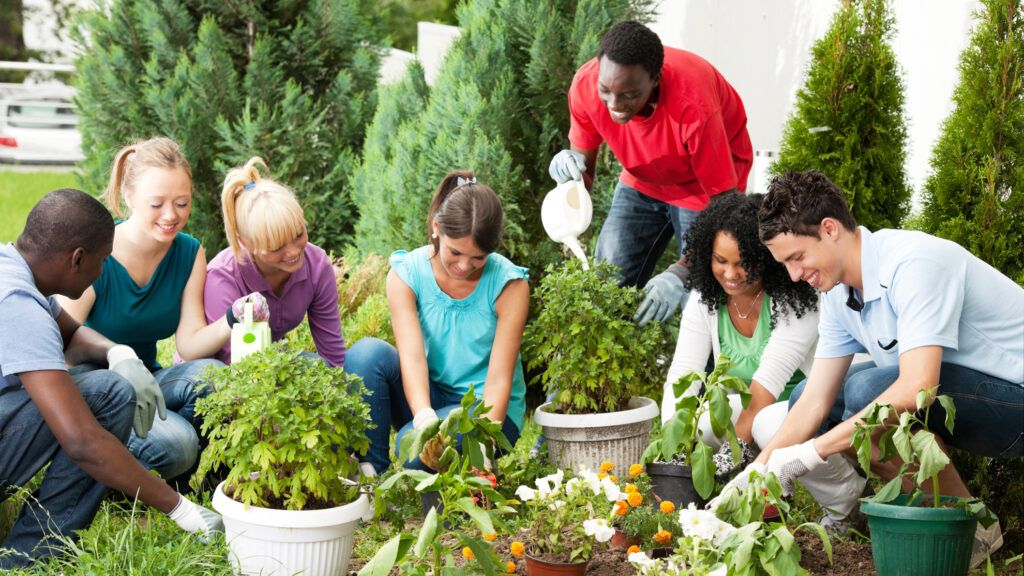In Martin County, Florida, two non-profit organizations have come together to plant seeds of hope through community gardening. Recently, the House of Hope charity for the homeless and people with addictions and other mental health issues partnered with Project L.I.F.T., an organization that helps at-risk teens, to grow community gardens in 4 small towns across the county.
The teens in Project L.I.F.T.’s program—many of them aged 14-19 who are also struggling with addictions, managing mental health or legal issues or have been victimized by crimes—visit the gardens every day after school where they grow seeds, maintain and water plants, set up irrigation, harvest the produce and learn to create their own meals. They take some of the produce home to their families but most is sent to House of Hope’s pantry for the homeless community.
“We saw a need for people that were hungry and homeless,” Laura Lyman, House of Hope’s agricultural coordinator tells Guideposts.org of their decision to partner with Project L.I.F.T’s community gardens initiative.
Beyond the need for food, Project L.I.F.T. envisioned the gardens would provide an educational opportunity to their teens.
“We’re trying to teach nutrition,” Bob Zaccheo, the executive director of Project L.I.F.T. tells Guideposts.org.
“We have a problem with diabetes and obesity in our community, like a lot of other communities,” Zaccheo says. “We want to start with education and nutrition, but when we get into the garden, now they’re doing hands on stuff that really connects.”
The gardens also offer the teens vocational skills that can help them find work later in their largely agrarian county. Beyond skills, this project has helped the teens find confidence and hope for their futures.
Alisia Kifer, director of the all-girls branch of Project L.I.F.T. called The Willow Project, can speak to that.
“Once you give them something to get their hands dirty in and they see the fruits of their labor quite literally, they become passionate about it,” Kifer says.
So far, the four gardens around Martin County have yielded 100 pounds of produce for the pantry and the community at large. It’s just a dent in the greater need – the area’s homeless population is high, especially in the off season when tourists return home and work is scarce – but the opportunity to teach kids the importance of giving back is just as valuable as the food they’re harvesting.
“You see a paradigm shift in the thinking of these kids,” Zaccheo says. “You see them giving. The kids are learning to give at a bigger level than they’ve ever been able to give at before.”
Lyman hopes the collaboration can foster seeds of togetherness in the community and bring sustainability, nutrition and hope to the area.
“The whole point is to get people aware and growing their own fruits and vegetables so they can take what they’ve learned and share it with their friends and families.”





